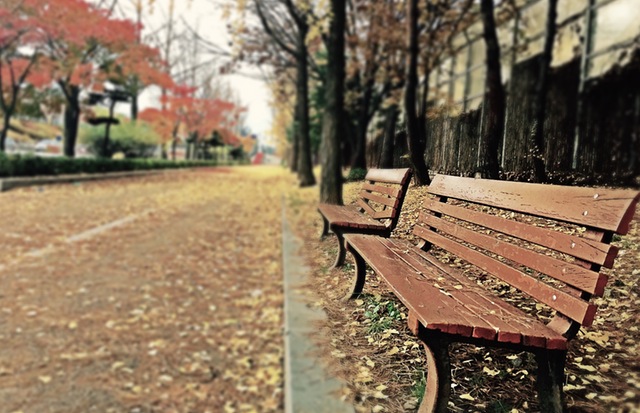October 7, 2016
Are you one of the many people in the northwest experiencing Seasonal Affective Disorder? This mild form of depression usually begins in the late fall and lingers through the winter. Although researchers have not conclusively determined the exact cause, most healthcare professionals believe there is a strong connection between SAD and reduced exposure to sunlight, which is related to a reduced absorption of Vitamin D. Symptoms of SAD may include feeling moody or irritable, oversleeping, loss of energy, appetite changes, depressed mood, feeling unmotivated or disinterested in things you usually enjoy.
Many people find relief from their symptoms after making some changes to their daily behavior. Here are a few suggestions:
- Create a daily schedule for yourself and stick with it. You may be feeling more sluggish or tired. Sometimes simply making a decision to follow a strict routine can help reduce depression.
- Many people are surprised to discover that exercising for twenty minutes three times per week will help increase energy and relaxation. It has been well documented that regular exercise helps reduce depression and improve sleep.
- Do one thing each day “just for fun” and allow yourself to savor the experience. It might be reading a book, watching a funny YouTube video, smelling the flowers at the grocery store, or anything else you truly enjoy.
If the above ideas bring you little or no relief, you may want to consider light therapy, medication, or counseling. It is important to consult with your healthcare provider before beginning any treatment.
Sources
Seasonal Affective Disorder from Mayo Clinic
Feeling Sad Turns Your World Gray – Literally from Time Magazine





